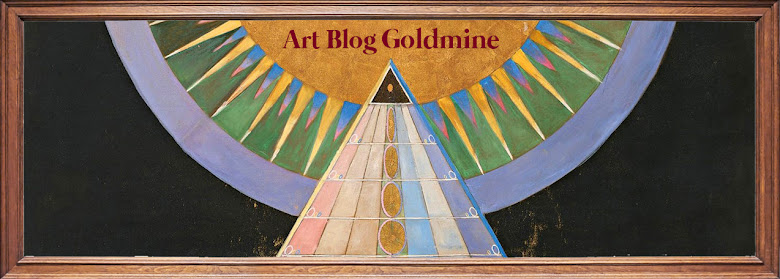 |
Wang Xingwei, St Thomas, 1997, Oil on Canvas M+ Sigg Collection, Hong Kong |
Appreciating art was an exclusive advantage for a few privileged for more than hundreds of years. Though art became increasingly available to the mass as time passed, the barrier of art appreciation persists undeniably. The barrier is an inability to comprehend beyond the physical form of an artwork. Understanding art is the premise of having access to intellectual pleasure. The purpose of this post is to equip readers with mandatory information to understand an artwork and appreciate its physical and conceptual beauty. The information that grants access to the pleasure is derived from Aristotle’s Poetics, the principle of the art of drama that contains his conception of fine art, and gained knowledge from studying art history, humanities and philosophy.
Topics Covered
- Nature of Art
- Interpretation Categories of Artwork
- Pleasures in Visual Art
- Procedure of Art Appreciation
- Conclusion
Nature of Art
According to Aristotle, “Art imitates an action.” This statement means an artwork is a visual representation of human activity. Through Aristotle's claim, readers can deduce that an art is intangible in a physical form. Therefore, an artwork is comprised of two fundamental parts: theme and visual medium. A theme is an idea that motivates an artist to create the artwork.Interpreting from Aristotle’s claim, the idea of the artist originates from a story. A story is a series of human activity that takes up many forms. It could be personal or collective. Stories, especially narratives passed down through generations, accumulate over time and solidify into history. History is the basis of civilization. Thus, humans understand the world through story, and the story is crucial to human existence.
However, observing various kinds of artwork, especially that of contemporary, viewers reach a conclusion that the source of artists’ ideas is not only limited to narratives. In fact, it is too extensive and countless that organizing them in a few paragraph is not possible, especially when the types of ideas that could be expressed as visual art increased significantly as time passed. The phenomena became apparent as innovative ideas encouraged artists to experiment with diverse themes and invention and progress of technology enabled artists to convey their ideas in new medium. The source of an artist’s idea is an essential topic in aesthetics that deserves to be analyzed in an another article.
Regardless of the source, an artist brings a chosen idea to life by materializing it into a physical form through their craft. Then the artist presents it to viewers for their appreciation. An artwork is conduit that shows an idea conceived by artists. It informs and entertains viewers. Understanding and appreciating the idea enables viewers to contemplate about their values and the world around them. Though not all viewers are capable at understanding an idea behind an artwork, the idea penetrates to their conscious subliminally.
As artwork is comprised of visual and conceptual parts, two corresponding categories exist for interpretation.








No comments:
Post a Comment